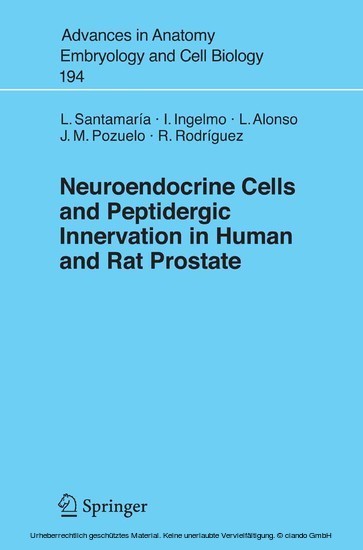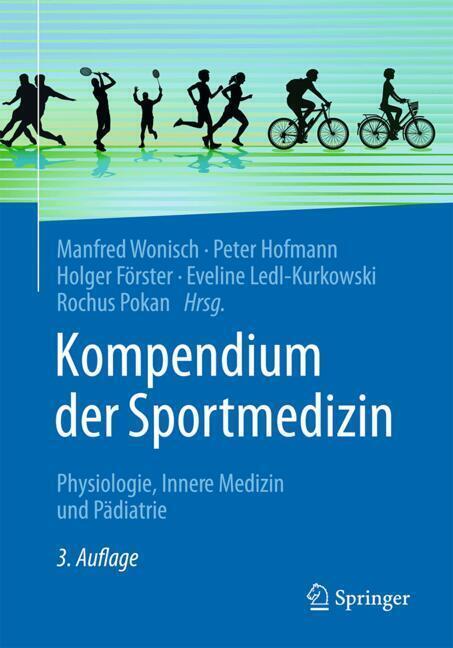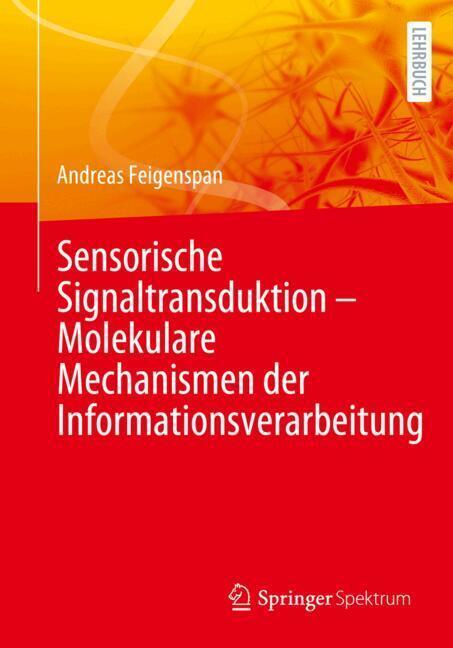Neuroendocrine Cells and Peptidergic Innervation in Human and Rat Prostrate
The prostate hosts an important amount of neuroendocrine cells which origin and functional role need to be better addressed. These cells synthesize and deliver a number of neurosecretory substances (serotonin, neuropeptides) having regulative activities over growth, cell differentiation, and secretion and might have a remarkable influence in the development of prostatic proliferative disorders such as hyperplasia or cancer. Moreover, the autonomous nervous system seems to be relevant in the maintenance of structural and functional integrity of the prostate, a wide variety of peptidergic fibres has been described in the prostate gland; such as neuropeptide Y (NPY), vasoactive intestinal polypeptide (VIP), substance P (SP), calcitonin gene-related peptide (CGRP) nerves, etc. There is evidence about morphologic and functional relationships between neuroendocrine cells and prostate nerve fibres, resulting in a neuro-hormonal system that might modulate the androgenic action on the prostate.
Using immunohistochemistry and stereologic quantification, the authors of the present study deal with the demonstration that the neuroendocrine cells population from transition zone of the human prostate was greater than in both central and peripheral regions, and this can be put in relation to the genesis of BPH. Furthermore, they observed that the neuroendocrine cells and the peptidergic innervation of rat prostate might be influenced by aging and androgenic status. Other factors, as pharmacological castration, or prolactin action, might be also modulate the neuroendocrine-peptidergic system.
The prostate of the rat
Neuroendocrine cells in the rat prostate
Innervation of the rat prostate
Subject index
Using immunohistochemistry and stereologic quantification, the authors of the present study deal with the demonstration that the neuroendocrine cells population from transition zone of the human prostate was greater than in both central and peripheral regions, and this can be put in relation to the genesis of BPH. Furthermore, they observed that the neuroendocrine cells and the peptidergic innervation of rat prostate might be influenced by aging and androgenic status. Other factors, as pharmacological castration, or prolactin action, might be also modulate the neuroendocrine-peptidergic system.
The human prostate.-The neuroendocrine system and the human prostate
Innervation and neuroendocrine cells in both normal and hyperplastic prostateThe prostate of the rat
Neuroendocrine cells in the rat prostate
Innervation of the rat prostate
Subject index
Santamaria, Luis
Ingelmo, Ildefonso
Alonso, Lucía
Pozuelo, José Manuel
Rodríguez, Rosario
| ISBN | 9783540698166 |
|---|---|
| Artikelnummer | 9783540698166 |
| Medientyp | E-Book - PDF |
| Auflage | 2. Aufl. |
| Copyrightjahr | 2007 |
| Verlag | Springer-Verlag |
| Umfang | 80 Seiten |
| Sprache | Englisch |
| Kopierschutz | Digitales Wasserzeichen |










